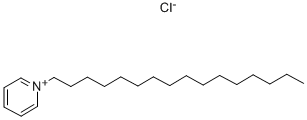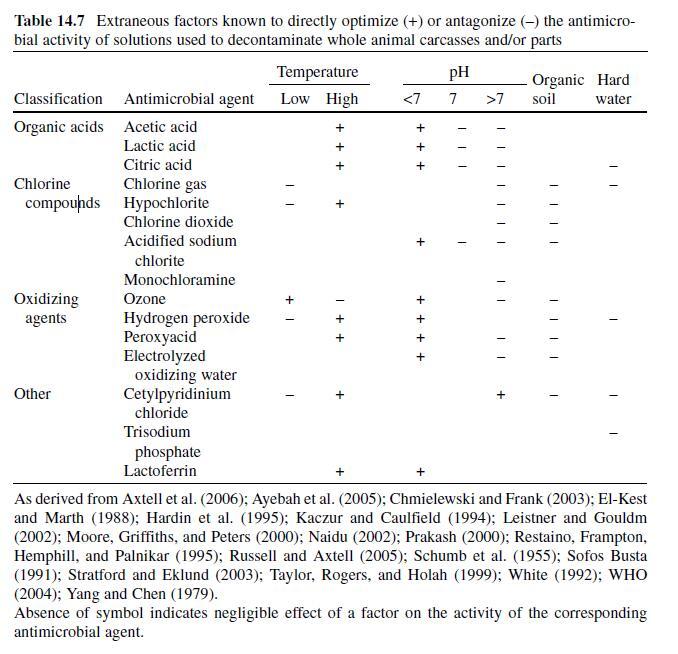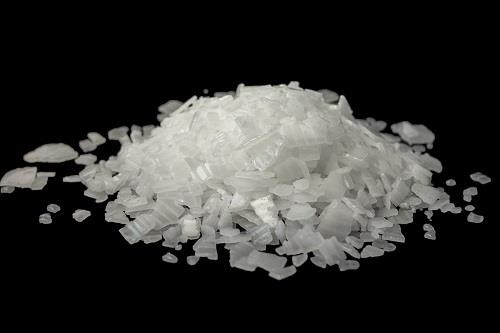Side effects of Lanolin
Lanolin is a yellow fat obtained from sheep's wool. It is a natural substance found in sheep's wool. This product is made with manufacturing processes that reduce certain allergens in the lanolin. It is used as an emollient, cosmetic, and pharmaceutic aid . The US federal code of regulations states that lanolin in the concentration range of 12-50% may be included in over the counter skin ointments.
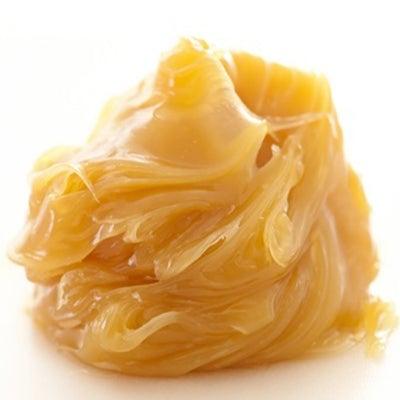
Application
Lanolin topical (for the skin) is used to treat or prevent dry skin, itching or other skin irritation caused by conditions such as diaper rash, radiation therapy skin burns, and others.
Lanolin is the purified, secreted product of the sheep sebaceous glands 10. Lanolin primarily consists of long-chain waxy esters, or sterol esters, that lack glycerides. For this reason, it is also called wool wax or wool grease. Lanolin is used in the protection, treatment, and cosmetic enhancement of human skin. Its hydrophobic properties can help protect skin against infections or skin irritation, as it helps seal in moisture that is already present in the skin.
Safety
Lanolin cream is safe to use on intact skin while breastfeeding and is non-toxic for both mother and baby. You do not have to wipe it off or remove it before your baby breastfeeds.
According to the U.S. National Library of Medicine, the most common side effect that is associated with the use of lanolin cream is an allergic reaction or skin irritation. While still relatively rare, allergy to lanolin and lanolin products has increased slightly to affect about 1.81% of the population.
Side Effects
Like all medicines, LANOLIN can cause some side effects such as skin redness, burning, irritation or stinging sensation. Most of these side effects of LANOLIN do not require medical attention and gradually resolve over time. However, if the side effects persist or worsen, please consult your doctor.
Cetylpyridinium chloride (CPC) is a quaternary ammonium salt antiseptic that is used in many over-the-counter personal-care products: mouthwashes, toothpastes, lozenges, and breath and nasal sprays, to name a few. It is also used in topical anti-infective products and as a pharmaceutical preservative.
More formally known as 1-hexadecylpyridinium chloride, CPC first appeared in the chemical literature in the 1930s. An early account1 of its disinfecting properties was written by pharmacist C. Lee Huyck at Xavier University of Louisiana (New Orleans) in 1944.
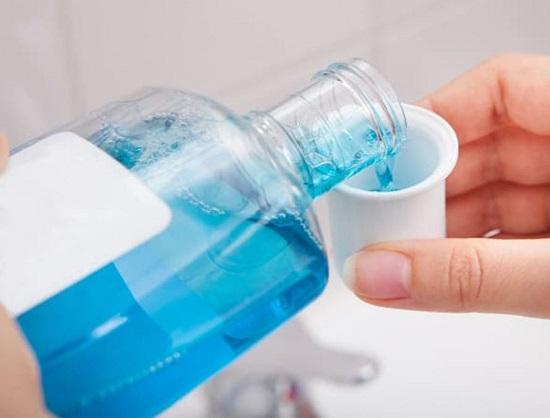
CPC is recognized to be effective against plaque and gingivitis when formulated at concentrations of 0.045% to 0.1% with at least 72% to 77% chemically available cetylpyridinium chloride. CPC’s efficacy can be affected by other ingredients in the product formulation thus necessitating specific criteria to be established for its concentration and bioavailability. Studies have reported formulations with high bioavailable CPC are associated with greater biological activity, consequently indicating an increased probability for clinical efficacy. Rinses with lower CPC concentrations or with less chemically available CPC are long standing marketed products identified as cosmetic products used for the temporary control of halitosis.
Side Effects
Cetylpyridinium chloride in mouthwash has been misattributed as a cause of oral cancer in the past, but research has not shown it to link to any form of cancer – no more than any other compound used in mouthwash. The risks of CPC are minor; it is only toxic in large doses (1 gram or more of pure CPC, ingested) and as an antimicrobial spray on food, it is far more helpful than harmful. Frequent and heavy use of a CPC-based mouthwash or toothpaste can bring side effects, however. Frequent use of CPC-based oral hygiene products can cause minor brown staining on teeth, a slight burning sensation in the gums and the products have been found to promote the formation of calculus (also known as tartar) on some users' teeth. None of these side effects are particularly harmful, but they should be considered.
You may like
Related articles And Qustion
Lastest Price from Cetylpyridinium chloride manufacturers

US $0.00-0.00/kg2026-01-04
- CAS:
- 123-03-5
- Min. Order:
- 1kg
- Purity:
- 98%
- Supply Ability:
- 1000kg
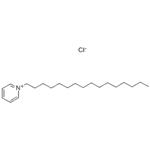
US $0.00/kg2025-11-21
- CAS:
- 123-03-5
- Min. Order:
- 1kg
- Purity:
- 98%
- Supply Ability:
- Customise
